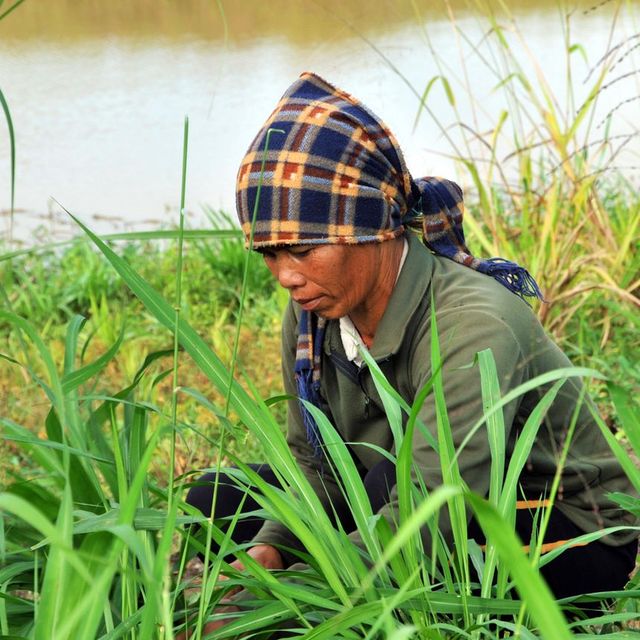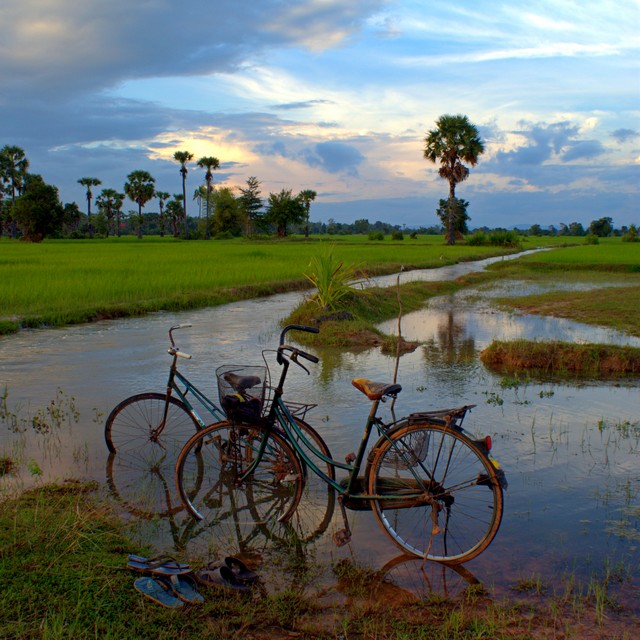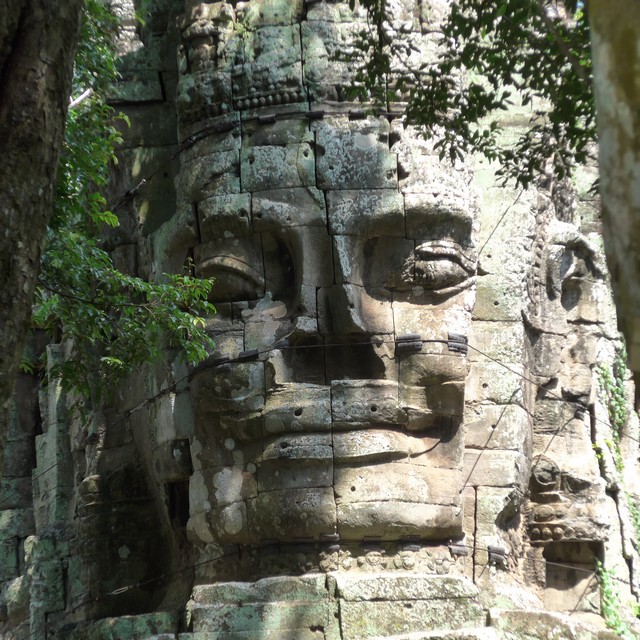
Hidden Indochina
Vietnam, Cambodia, Laos
Culture
Capture the true essence and diversity of Indochina
£5,395
This is the price per person for a private tour (based on 2 people travelling) excluding international flights. Contact us for pricing for other group sizes including individuals.
21 days

